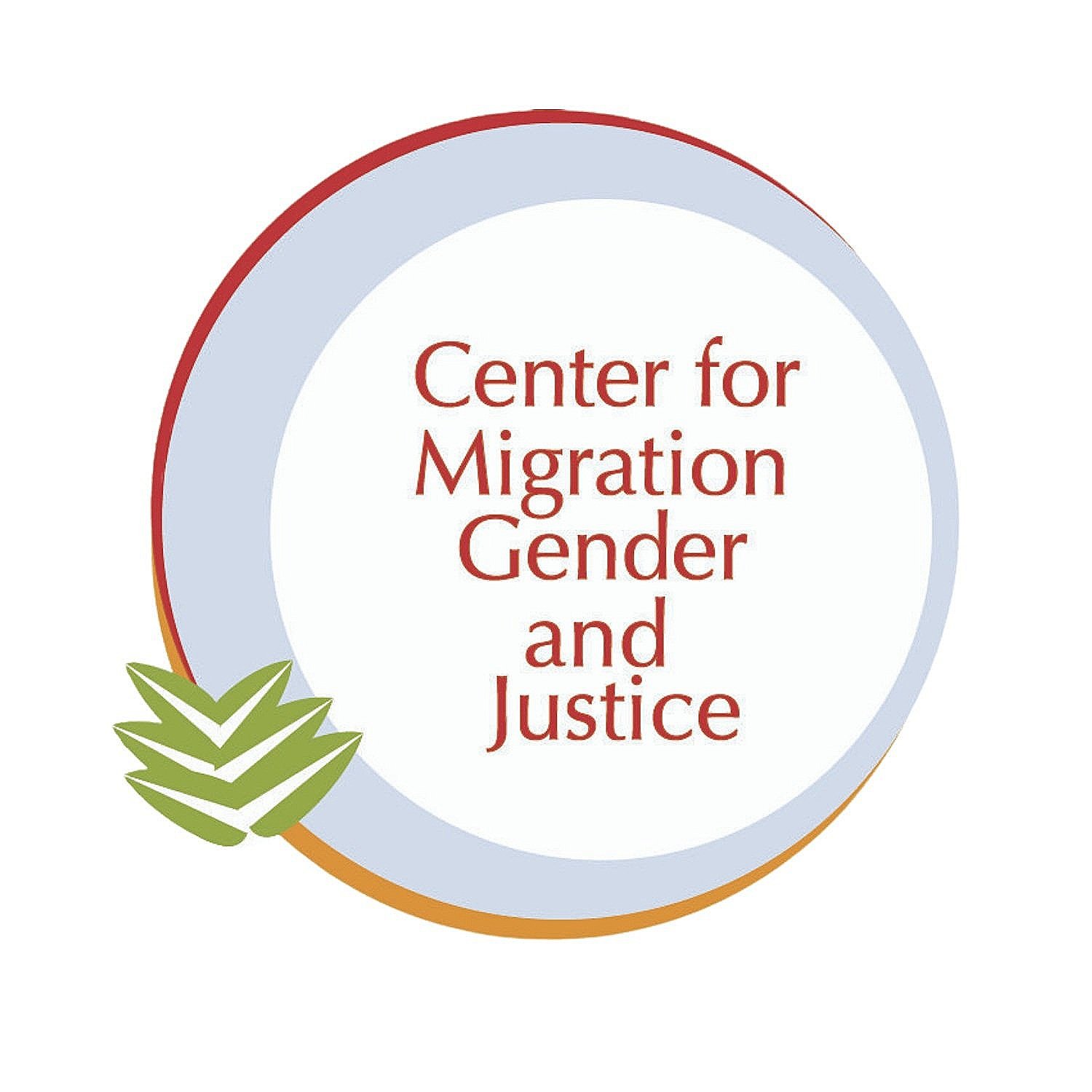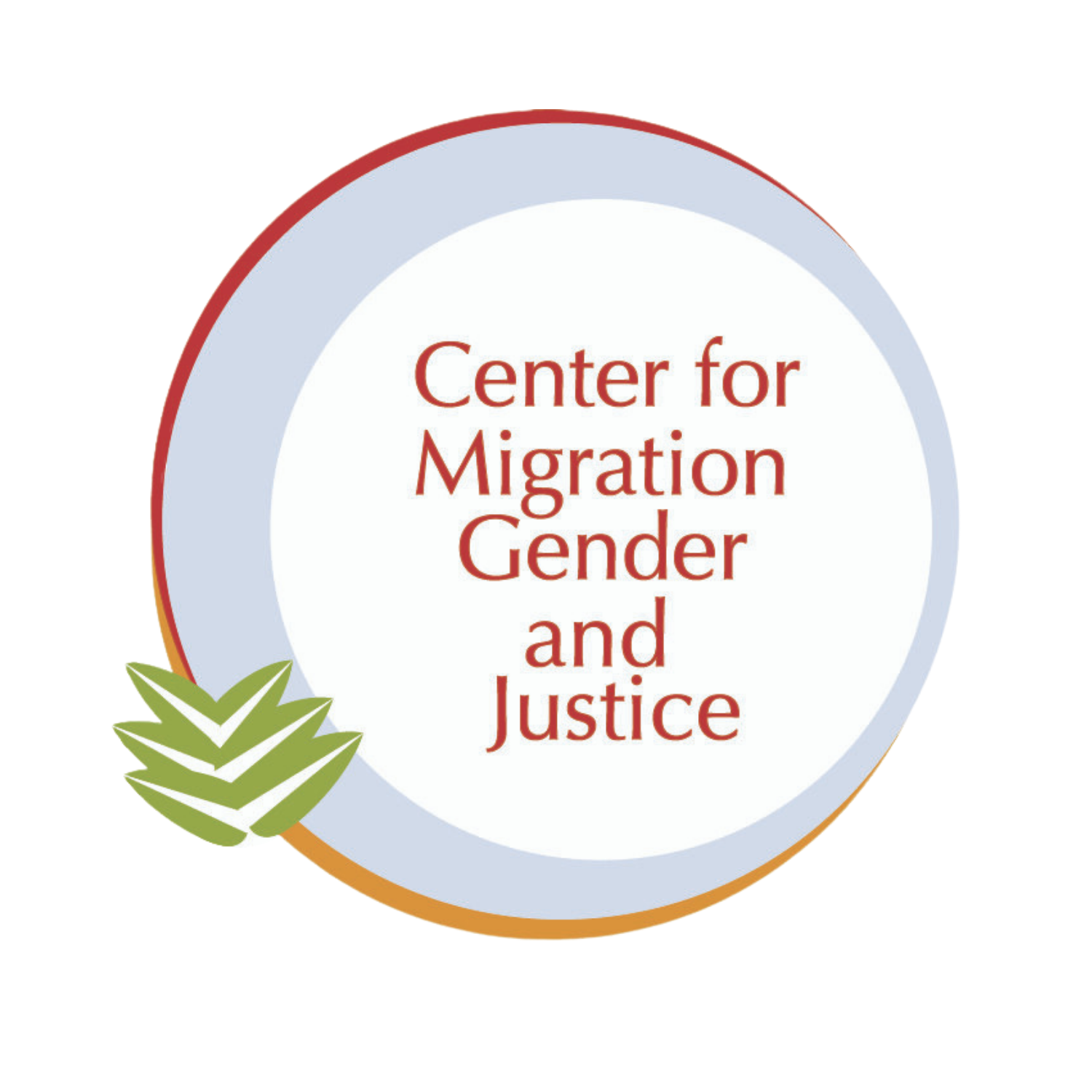Crossing borders, building bridges
“Some say I am too loud; I say they are too silent. Some say I should be more subtle, but there is nothing subtle about the blood running in our lands. Some say that being vocal is complementary to being subtle, yet why do the majority of those being vocal look just like me?”
Núbia Vale Rodrigues, CMGJ Migrant Youth Leadership Program (MYLP) Participant (2024)
I first met the Center for Migration, Gender, and Justice (CMGJ) at a lecture in 2021 when the organization’s Founder and Executive Director, Dr. Lara-Zuzan Golesorkhi gave a talk at a conference in Brazil about gender-based violence in the context of migration. I was 23 years old then; three years later, here I am as a migrant in Europe and part of CMGJ as a Migrant Youth Leader. Thinking about what motivated me to become a Migrant Youth Leader is inseparable from what motivated me to become a migrant and discovering myself as an activist with a desire to build bridges in a world that builds walls.
I began researching the field of migration in 2019, leaving Brazil and going to Colombia. I started to wonder about Venezuelan migration in Latin America and the threatening narratives that I would see in the headlines. It was by putting myself in the position of a migrant and talking to other migrant women that I discovered that the promises of a world without borders had a name, gender, color, nationality, and class. The Venezuelan migrant women that I met in Colombia moved out of necessity - I moved out of curiosity, or out of the certainty that to stand still while the walls go up is to forget about their steps.
So that I don't forget them, part of my mission is to break down walls. Another part is to build bridges. CMGJ’s Migrant Youth Leadership Program (MYLP) is a work of bridges. Here are four ways how:
First, the MYLP is a bridge between academia and policy making. It is clear that there still is a huge gap between these spaces. There are different agendas, rewards, languages, and timeframes. But a policy that is not grounded in evidence is doomed to go in circles, and an academic space that is not committed to transformation is doomed to become obsolete. The MYLP facilitates a path that involves studying policies and academic literature, using strong methodology such as the Gender-Migration Index (GMI), and disseminating research findings through accessible language, recommendations, and young voices.
Which brings me to the second bridge, a bridge between generations. In my trajectory of research and activism, it is noticeable how there are few spaces in which the voices of young people are validated. Much is still done about us without us. How do we expect to build a future if the future is not at the table? I keep repeating that we do not want to be invited to the feast, instead, we want to be a fundamental part of its preparation. Young generations are tired of being used as tokens, as advertising, as the perfect photo to share, as engagement on social media. Having spent this year’s International Youth Day as part of the MYLP, bringing together activists and sharing results and recommendations developed by us, showed me once again how powerful it can be to open up space for silenced voices. To develop more effective policies, we need more voices in the room. But for this to happen, the spaces need to be increasingly diverse and "youth" is made up of a multiplicity of voices.
Thus, I see a third bridge, a bridge between borders. It has been a year since I started my Masters degree on migration while being a migrant. Being a Latin American woman, doing science and living in Europe involves a constant requirement to ask for permission to exist and although this is nothing new to me, every time the dust falls into my eye again, the wound reopens. It is violent to ask the ‘other’ to fight to survive and, at the same time, expect them to fail. My desire to learn more about migration is crossed by fighting to enter multiple spaces where the North celebrates its enlightenment in its comfortable position. Some say I am too loud; I say they are too silent. Some say I should be more subtle, but there is nothing subtle about the blood running in our lands. Some say that being vocal is complementary to being subtle, yet why do the majority of those being vocal look just like me? The MYLP brought together migrants from the South and our voices were always encouraged, never diminished. It is in the words and hugs of women from the South that I repeatedly find the comfort to stay in uncomfortable places.
And, this is the last bridge or more so a multiplicity of bridges, namely between women. In moments when my feet are too tired and the burden makes me wonder how much more my shoulders can bear, I keep my ears open to listen to their stories. I keep my mouth open to share my feelings. I keep my arms open to shelter them when our roofs are destroyed. And they do the same for me. Being able to join a program, such as the MYLP, that takes the needs of women and gender diverse migrants as its pillar means being able to surround myself with more people on this path and weave bonds; it means being able to plant a seed to sow a different life for us.
As a piece of advice, many will try to make you an island. Being a migrant today, I still catch myself with fear, carrying this baggage, speaking in other languages, and crossing border controls. But choose to be a bridge at times. Bridges can persist through time and adversity. Just as it has persisted since the first moment I met CMGJ, I hope it persists with my fellow Migrant Youth Leaders Chaimae, Hadia, María, Maryam, Mehar, Sophia and Stacy. And perhaps these words will serve as a bridge for you too. A bridge that encourages you to cross the border.

